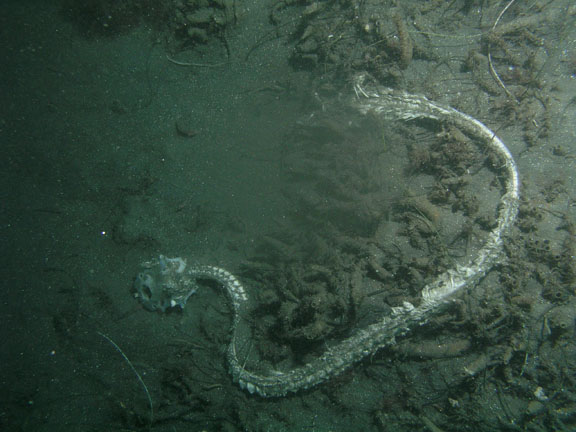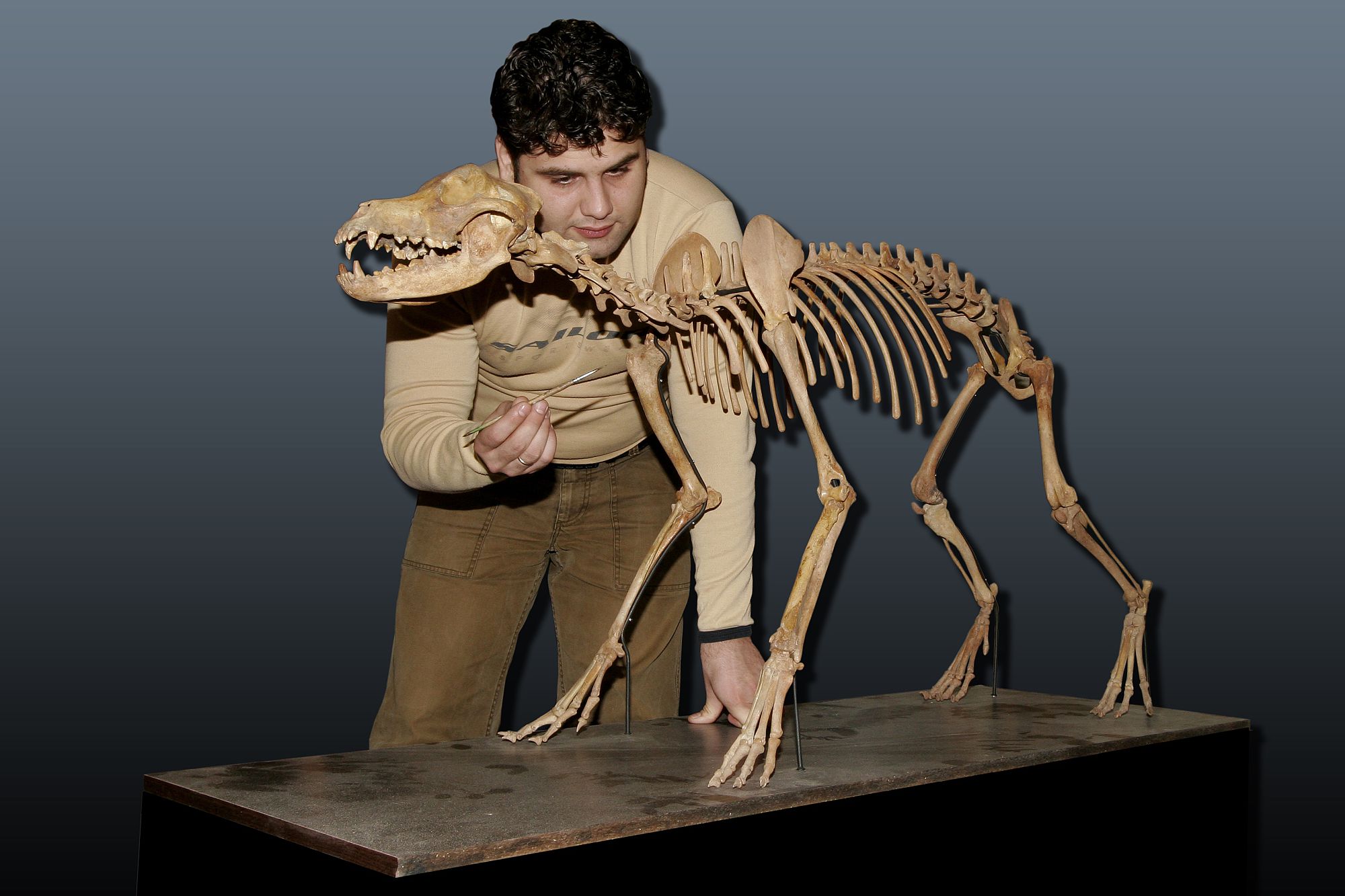

The lifespan of this species is about 20 years. Males have large lips and a protuberance on the superior part of the head. It has no pelvic fins, nor a lateral line. It only has one dorsal fin, that extends from the head to the end of the body, with 228 to 250 flexible fishbones without soft radius. In the anal fin, it has no rays and 233 radials. They possess powerful jaws with which they crush their prey: canine teeth in the front and molars in the posterior portion of the mouth. Once older they turn grey, brown greyish or dark olive. Younger wolf eels are orange with big dark spots in the posterior part of the body. The animal can grow up to 2.4 m (7 ft 10 in) in length and 18.4 kg (41 lb) in weight. ocellatus differs from true eels, as they have paired gill slits and pectoral fins. If you have a question or request, please leave it in the comments down below.A. The below banner contains an affiliate link for which we earn a referral. They are also very susceptible to bacteria. Some of the most common predators to sea urchins are eels, especially the wolf eel. However, some sea urchins have been known to be omnivorous, eating other animals such as sea cucumbers. They consume algae more than anything else. Sea urchins do not have eyes, but they are able to sense light through their spines. The mouth of the sea urchin is on the bottom, too, so that they can scrape algae off of rocks and sand as they move. Their spines help some with moving, but most of the sea urchin’s movements are under the power of hundreds of tiny feet on the bottom of their bodies. Sand dollars and sea stars also have tests. The test is another defense, aside from the spines, for the sea urchin. Instead, they have a hard shell that completely surrounds their body called a test. “Urchin” comes from archaic words for “hedgehog”. Because most sea urchins are spiny, they were called “hedgehogs of the sea”.

This flat design allows them to burrow better. Irregular sea urchins, a group which includes sand dollars, are flat and have a clearly defined top and bottom. Regular sea urchins are more or less spherical and are covered in long spines which may or may not be venomous. Sea urchins can be divided into two classifications: regular and irregular. Most sea urchins only measure a few inches across in size, although the largest can reach over a foot wide. When they began growing in numbers again, they seem to be nearly identical to the sea urchins that live in our oceans today.

As it’s unlikely that fossils from this period would be preserved in a worse state than in other periods, scientists believe that sea urchins nearly became extinct, but luckily made a comeback around 250 million years ago. It is theorized that prehistoric sea urchins may have been to fragile to survive to conditions modern sea urchins do.Īround 300 million years ago, are seen considerably less than at other times. Many modern sea urchins live along the coast in rough waters, but prehistoric sea urchins likely lived in calm waters where they wouldn’t be broken up. Another reason why they may have been so well-preserved is because of the type of water they inhabited. Because their bodies are rich in calcium, sea urchin fossils are remarkable well-preserved.

Sea urchins first emerge in the fossil record around 450 million years ago.


 0 kommentar(er)
0 kommentar(er)
